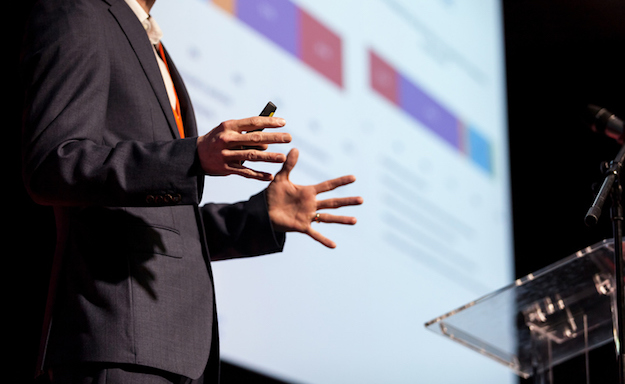At Forrester’s Customer Experience Forum, no matter your job title or function, everyone who plays a role in supporting customers can discover new insights from the event built around the theme of “Seamlessness”. Chris Caile outlines four takeaways to help you improve your customer service offerings and gain a competitive edge.
Forrester’s Customer Experience Forum last month featured the theme of “Seamless customer experiences”. With a range of top-notch panelists from Amazon, USAA, Google, Schwab and many more sharing their experiences, the discussion was enlightening and informative. Below are my four key takeaways relevant for anyone trying to deliver customer experiences that provide a competitive edge:
1. Seamless customer experiences are critical
The idea of seamless experiences makes complete sense. Customers want to start an engagement with you, in any channel or experience, that flows effortlessly from beginning to end. Forrester defined “seamless” as any experience that a user can interact and comprehend with no extra effort. Any disruption that prevents or slows them from accomplishing their goal erodes their loyalty to the brand.
Just ask Jennifer Wise of Forrester who recalled a frustrating experience with JetBlue, where she was on her phone and they asked for her customer loyalty number. She didn’t have it memorized and had to swipe around on her phone to try and find it. Not seamless. (Hey, Jet Blue – check out Nuance Biometric Security that lets callers authenticate with only their voice – talk about seamless!) Contrast that with American Funds customer speaker James Jacob, who flies American Airlines and used their IVR that always recognizes him when he calls. That’s a positive example of a seamless experience.
2. Stop thinking of channels; think holistic experiences
The best line of the event came from James Alexander of IBM/Watson Marketing when he encouraged everyone to “Take the Digital out of Digital Transformation and Make It a Customer Experience Transformation.” Right on! Too many organizations operate around their silos or are enamored with the power of digital solutions, without thinking about the full customer experience.
Forrester explained how the best companies break theses silos through three C’s:
- Conversation – talking to each other
- Coordination – working together
- Cohabitation – shared work spaces
Imagine putting the contact center team in the same room as the web and digital teams. The innovation and focus on customers would be outstanding.
3. Technology plays a role, but needs human help
Customer expectations are changing, thanks to the rise of cool new technologies such as voice assistants, digital chat, and messaging. The best organizations are taking those elements and creating unique experiences. With messaging and chat, brands allow customers to drive the time-table to get answers – asynchronous experiences where a customer contacts the organization via messaging at one time and picks up the answer later (on their terms). No more waiting for an agent to reply.
Same goes for voice. Alexa and Google have changed the way we interact with computers. We can get answers using the sound of our voice. But, as VP of Alexa Voice Services Pete Thompson noted, “Voice is not easy.” It takes human interaction to be involved to craft and build great experiences. To help address this, Forrester recommended companies create a “Conversational Framework” to think about all the ways customers engage their company via voice and plan accordingly. This combination of technology and human design will create the most optimal experience.
4. The human component must be diverse
To ensure the best customer experiences, the humans involved must offer diverse personalities and viewpoints. Forrester noted that any great advancement over the years involved groups of people that each played a different role:
- Visionaries – see what can be possible
- Engineers – see how to build it
- Investigators – figure out what’s working
- Artisans – build customer trust (aka the UX designer)
- Doomsayers – Bring up the negatives and see why it can’t work
- Ambassadors – Persuade the right people and speak the right language
This unique mix of people ensures the best possible outcome and prevents poor experiences from ever seeing the light of day.
No matter the role you play in driving CX, the conference highlighted that customer experience professionals are more important than ever and we as consumers have wonderful new opportunities awaiting us all.






